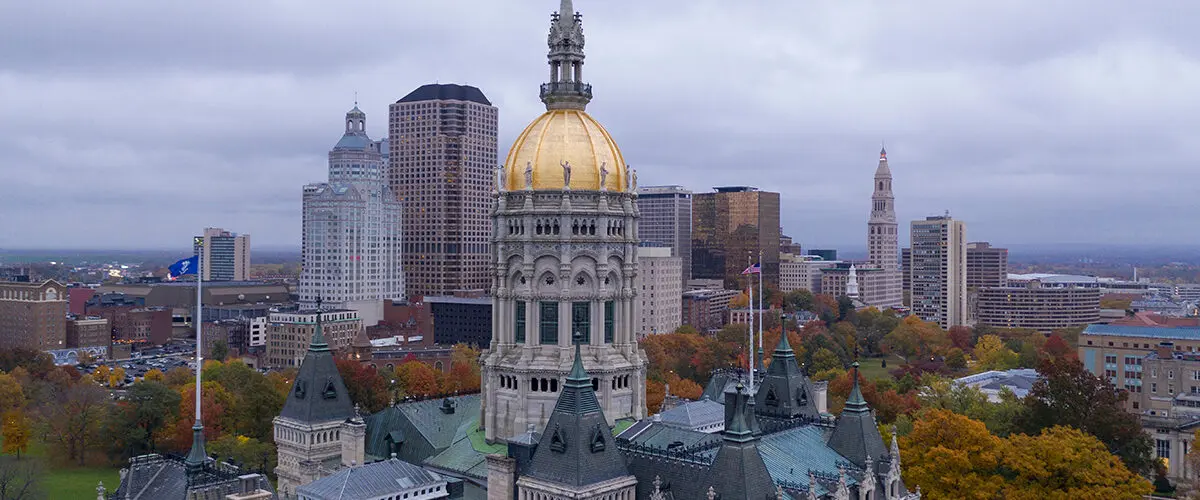PURA Advancing a Framework for Performance-Based Utility Regulation
Utilities recover the costs of the investments that are needed to provide customers with energy through the bills that customers pay each month. This “cost-of-service” framework is the foundation of traditional utility regulation. In contrast, Performance-Based Regulation (PBR) is an alternative method for regulating utilities that ties utility revenues more directly to their performance, such as efforts to reduce emissions or to support the deployment of distributed energy resources, rather than tying earnings primarily to the costs required to provide service.
By allowing regulators to better align utility revenues with improved performance, PBR— which includes a broad set of regulatory tools, such as performance metrics and financial penalties or rewards—can help overcome outdated incentives under traditional utility regulation. High allowed returns create incentives for utilities to build expensive infrastructure projects, but PBR can help reorient utilities towards more cost-effective solutions that can save customers money and deliver additional benefits, such as reducing emissions and improving environmental justice outcomes.
States across the US have experimented with PBR to varying degrees and with varying degrees of success. Recently, Connecticut’s Public Utilities Regulatory Authority (PURA) announced a decision that formally adopts regulatory goals and outcomes for PBR in the state. Over the past year, Acadia Center worked with a range of stakeholders to help develop PBR goals and assess how well existing utility regulatory policies do or do not align with those goals. (Some of Acadia Center’s filings in support of PBR in Connecticut can be found here and here.)
PURA’s decision formally adopts four overarching goals for PBR in Connecticut and nine priority outcomes within those goals, including greenhouse gas emission reductions, advancing social equity, ensuring affordable service, and advancing reliability and resiliency. PURA’s decision sets the stage for the next phase of the PBR proceeding, which is expected to last through 2024. Phase 2 will consist of three “reopener” proceedings, each covering a specific set of issues in more detail, including the rules that govern how utilities recover their costs; performance metrics and incentives; and a process to develop an Integrated Distribution System Planning proceeding.
Acadia Center commends PURA for taking this important step. However, although Phase 1 of Connecticut’s PBR proceeding has clarified the goals and outcomes that will inform future analyses and proposals, stakeholders will only know the real outcome of this decision in the spring and fall of 2024, when the three reopener proceedings end—and after PURA decides to what extent policy reforms will be implemented. PURA’s recent decision is a commitment to consider potential changes to many types of regulatory tools, which itself is a major step forward, and Acadia Center looks forward to exploring in more detail how utility regulatory tools should change.
PURA’s leadership in moving this proceeding forward is noteworthy, and Acadia Center is hopeful that the PBR proceeding results in a robust framework that accelerates the achievement of Connecticut’s climate and clean energy goals and helps to deliver a clean and affordable energy system for all ratepayers.




















Follow us